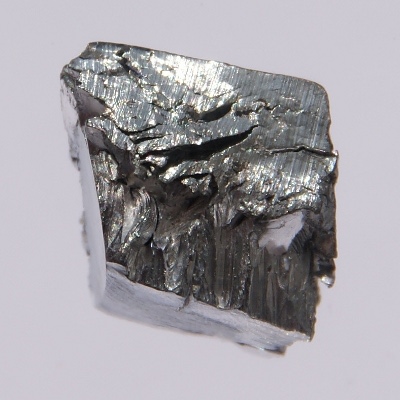Facts About Lutetium
Atomic Number: 71 Atomic Symbol: Lu Atomic Weight: 174.9668 Melting Point: 3,025 F (1,663 C) Boiling Point: 6,156 F (3,402 C)
Word origin: The element’s name is derived from Lutetia, the ancient name for Paris.
Discovery: Georges Urbain identified a process by which Marignac's ytterbium (1879) could be separated into the two elements, ytterbium (neoytterbium) and lutetium in 1907. These elements were identical with "aldebaranium" and "cassiopeium," independently discovered at the same time. The spelling of the element was changed in 1949 from lutecium to lutetium. [See Periodic Table of the Elements]

Properties of lutetium
Lutetium is the last of the lanthanides, and the hardest of them. The pure metal has been isolated only in recent years and is one of the most difficult to prepare. It can be prepared by the reduction of anhydrous LuCl3 or LuF3 by an alkali or alkaline earth metal. The metal is silvery white and relatively stable in air. 176Lu occurs naturally (2.6 percent) with 175Lu (97.4 percent). It is radioactive with a half-life of about 3 x 1010 years.
Sources of lutetium
Lutetium is present in monazite to the extent of about 0.003 percent, which is a commercial source, and occurs in very small amounts in nearly all minerals containing yttrium.
Uses of lutetium
The commercial uses for lutetium are very limited. Stable lutetium nuclides, which emit pure beta radiation after thermal neutron activation, can be used as catalysts in hydrogenation, cracking, alkylation and polymerization.
(Source: Los Alamos National Laboratory)
Sign up for the Live Science daily newsletter now
Get the world’s most fascinating discoveries delivered straight to your inbox.











